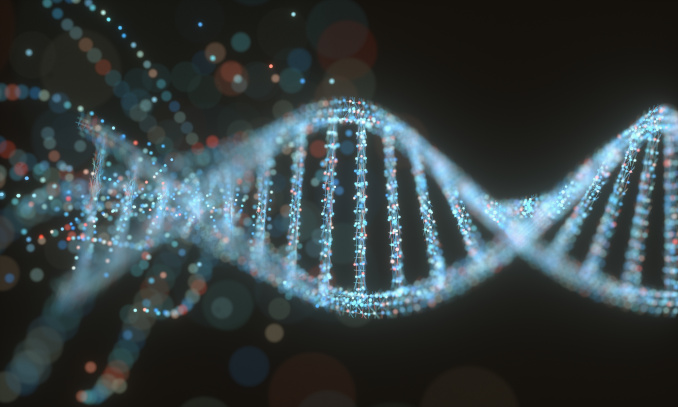Future Science Series Web Page
You can access the website to the Future Science series here.
Video Presentation – The Mathematics of the Genetic Code
Listen to the Interview MP3 audio file

“It seems that the genetic code appeared as pure information like arithmetic….” ~ Vladimir shCherbak
By Ulrike Granögger
This new Solari Report for the Future Science Series will look at the arithmetical symmetry and mathematical syntax discovered in the universal genetic code, a discovery made mainly by Vladimir shCherbak (but also by other researchers) that will likely lead to a full reevaluation of the origin of life … provided, of course, that society and science care enough to figure out the consequences.
The genetic code (the biological mechanism of translating genetic information into proteins for the functioning of life) is universal. That means that all life forms on Earth use the same code—the same machinery of assigning a triplet of nucleotides (a codon) to an amino acid.
The particular set of 20 amino acids with their specific properties (pH, polarity, charge, molecular mass, etc.) is one among an astronomical number of possible genetic codes that nature could have developed—one among some 10 to the power of 83 (1083) arbitrary codes (a number higher than the estimated number of particles in the universe). Therefore, the probability for it to emerge within a single evolutionary step is almost zero (Diego L. Gonzalez). Instead, we must assume it emerged through many steps of selection and mutation to finally arrive at the “fittest” set of triplets for the manufacture and maintenance of a vast number of organisms. After all, the code would have had to be in place already at the time of the very earliest life forms—or our “last universal common ancestor” (LUCA)—since we know from modern genetic medicine how even a tiny mutation in a gene can have devastating effects on the whole organism.
There is only one problem. Given the unimaginable number of possible amino acid combinations, there was not enough time on Earth for random mutations to arrive at today’s code, which is the same as it was at the time of the emergence of the first life forms some four billion years ago.
So maybe it developed elsewhere? The universe has more time available than just “Mother Earth.” Possibly. In a combination of abiogenesis and panspermia, the code may have assembled in less time and in distributed spaces, and the finding together of these pieces on our planet happens to work in one of the best possible manners.
In such a view, one will not expect the code to develop internal structures of symmetry and organization. It was a lucky strike, but to bring about internal self-referential organization and mathematical symmetry is again a question of how much evolutionary time is available for such a combinatorial process.
And yet, breathtaking symmetry and numerical structures have been found in the genetic code—defying all odds of random evolution and leaving us with the profound question: “Where does the information come from?”
In Let’s Go to the Movies, check out The Information Enigma. (Dr. Stephen C. Meyer)

